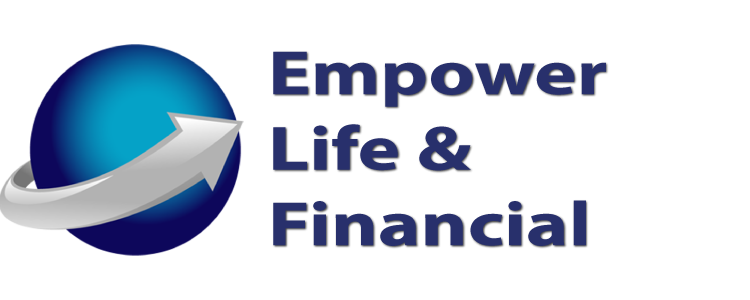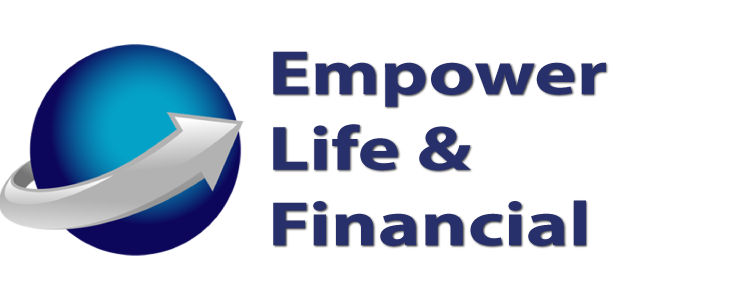
Planning for your financial future is essential, and understanding the different retirement savings options available is key to securing your financial stability. The Individual Retirement Account (IRA) and the 401(k) plan are two popular retirement savings vehicles that offer tax advantages and cater to various financial needs and preferences. As you consider your options, it’s crucial to understand the differences between these plans to make informed decisions. In this article, we will explore the similarities and differences between these two investment vehicles to help you make informed decisions about your retirement savings strategy.
Understanding 401(k) Plans
A 401(k) is an employer-sponsored retirement savings plan that allows employees to contribute a portion of their salary, either on a pre-tax or after-tax basis. Employers may also match a percentage of these contributions. There are two main types of 401(k) plans:
- Traditional 401(k): Contributions are made with pre-tax dollars, lowering your taxable income now. You will pay taxes on withdrawals during retirement.
- Roth 401(k): Contributions are made with after-tax dollars, and qualified withdrawals during retirement are tax-free.
401(k) Contribution Limits for 2023
The 401(k) contribution limit for 2023 is $22,500 for employee contributions and $66,000 for combined employee and employer contributions. If you’re 50 or older, you’re eligible for an additional $7,500 with catch-up contributions, raising your employee contribution limit to $30,000. If you have access to a Roth 401(k) and a traditional 401(k), you can contribute up to the annual maximum across both. However, if you’re under 50, you cannot contribute more than $22,500 total as employee contributions in your 401(k) account in 2023, regardless of the number of accounts. If you have access to multiple 401(k) plans through different employers, you are still limited to the total employee contribution amount for the year. For example, if you have two 401(k) plans, you may choose to split your maximum contribution of $22,500 between the plans in 2023. After-tax 401(k) contributions are also possible, depending on your plan, which can help you save more for retirement. However, not all 401(k) plans allow for these contributions. If yours doesn’t, or you want to save even more, consider other strategies like an IRA.
Understanding IRAs
An IRA is a tax-advantaged retirement account that allows individuals to save for their retirement independently of an employer. There are two main types of IRAs: Traditional and Roth.
- Traditional IRA: Contributions are made with pre-tax dollars, which means you don’t pay taxes on the money you contribute until you withdraw it during retirement.
- Roth IRA: Contributions are made with after-tax dollars, meaning you pay taxes on the money before contributing it. In return, qualified withdrawals are tax-free during retirement.
Comparing IRA and 401(k)
- Contribution limits: One significant difference between IRAs and 401(k)s is the amount you can contribute each year. The annual contribution limit for IRAs is significantly lower than that of 401(k) plans, allowing you to save more in a 401(k) plan.
- Employer match: A key advantage of 401(k) plans is the potential for employer matching. When employers match a portion of your contributions, it’s essentially “free money” that can significantly boost your retirement savings. IRAs do not offer employer matching since they are not employer-sponsored.
- Investment options: IRAs typically provide a broader range of investment options compared to 401(k)s. While 401(k) plans often have a limited selection of funds chosen by the plan provider, IRAs give you access to a wider variety of investment choices, such as individual stocks, bonds, mutual funds, and exchange-traded funds (ETFs). This flexibility allows you to tailor your investment strategy to your specific risk tolerance and financial goals.
Access to funds: Generally, withdrawing funds from a 401(k) before the age of 59½ can result in a 10% early withdrawal penalty in addition to the taxes owed on the withdrawal amount. IRAs, on the other hand, offer more flexibility when it comes to accessing funds. Both Traditional and Roth IRAs have provisions for penalty-free withdrawals for specific purposes, such as first-time home purchases or higher education expenses, subject to certain rules and limitations.
Required Minimum Distributions (RMDs): Traditional 401(k)s and Traditional IRAs are subject to RMDs, which are mandatory withdrawals that must begin at a certain age depending on birth year. Failure to take these distributions can result in significant penalties. Roth IRAs, however, do not have RMDs during the account holder’s lifetime, allowing you to keep your money invested for a more extended period, potentially benefiting from tax-free growth.
Final Thoughts
Both IRAs and 401(k)s offer unique advantages and disadvantages, depending on your financial situation, goals, and preferences. Generally, if your employer offers a 401(k) with matching contributions, it’s a good idea to prioritize contributing enough to receive the full match. Beyond that, you may consider diversifying your retirement savings with an IRA to take advantage of its broader investment options and more flexible withdrawal rules.
Ultimately, the best strategy is to consult with a financial professional who can provide personalized guidance based on your individual circumstances. To ensure you make the right choice for your retirement savings, we invite you to reach out and speak with one of our knowledgeable agents. They can help you evaluate your options and determine which combination of IRA and 401(k) accounts will best meet your long-term financial goals. Don’t leave your retirement planning to chance – contact us today to discuss your options and secure your financial future.
Life Insurance Questions?
We hope you have enjoyed reading about IRA and 401(k) plans. Read on tips on going back to work here.
If you’d like to learn how we can help you plan your retirement, call Empower Brokerage at (888) 539-1633 to speak to one of our Life and Annuity experts or leave a comment down below.
Get affordable life insurance quotes by clicking here.
See our other websites:

